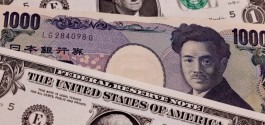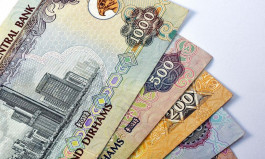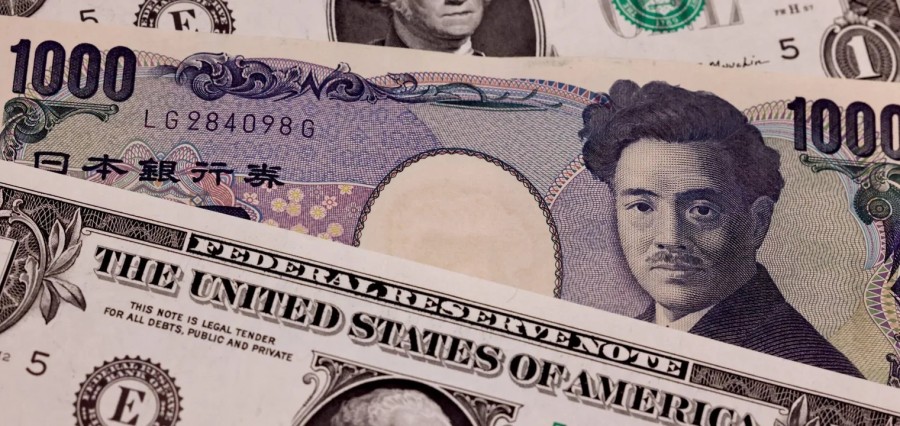Asian currencies were largely stable on Thursday after sharp losses overnight, as the US dollar rose following the release of the Federal Reserve meeting minutes that dampened hopes for another interest rate cut in December.
The Japanese yen fell to its lowest level in ten months amid market concerns about Japan's fiscal position and the absence of intervention signals.
The dollar jumps after the Fed minutes; China keeps its benchmark interest rate unchanged.
The minutes of the Federal Reserve's October meeting revealed a split among policymakers, with several participants ruling out a rate cut in December, while others considered one likely. This division highlighted the uncertainty surrounding the U.S. economic outlook and prompted traders to reduce their expectations for near-term easing.
MUFG analysts said in a note: “We are still leaning towards a December rate cut, but suffice it to say it could be a very divided meeting given the lack of clarity on the US data front.”
The US dollar index, which measures the dollar's performance against a basket of major currencies, jumped 0.7% overnight. Markets interpreted the dollar's reaction as a sign that the Federal Reserve is leaning toward a more hawkish stance at present.
In Asia, the South Korean won rose 0.1% after climbing 0.5% overnight.
The Singapore dollar rose by 0.1%, while the Indian rupee rose by 0.2%.
The Australian dollar pair recorded a slight increase after falling by 0.5% on Wednesday.
The onshore Chinese yuan pair rose by 0.1%, while the offshore yuan pair remained unchanged.
Data released on Thursday showed that the People's Bank of China kept its benchmark lending rate unchanged, as widely expected, after Beijing indicated a less urgent need for monetary stimulus.
The yen hits a 10-month low amid financial concerns.
The Japanese yen rose 0.1% to 157.36 yen, its highest level since mid-January. It jumped more than 1% overnight.
Bank of Japan Governor Kazuo Ueda met on Wednesday with Finance Minister Satsuki Katayama and Economy and Finance Minister Minoru Kiuchi to discuss economic and financial conditions.
Katayama later said that specific discussions about the exchange rate did not take place, confirming the government's cautious stance on intervention.
MUFG analysts wrote: All of this also comes against a backdrop of another major uncertainty - the size and composition of fiscal stimulus by the Japanese government, and also the current tensions between China and Japan.
They added: We still expect the dollar/yen pair to decline in the medium term until 2026, but the lack of objection from authorities to the weakness of the yen, along with uncertainty about fiscal stimulus, is putting pressure on the yen in the near term.







































